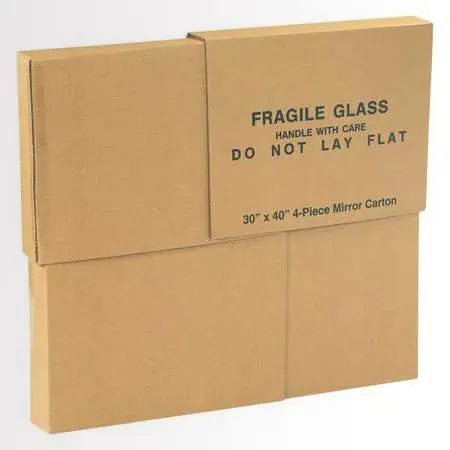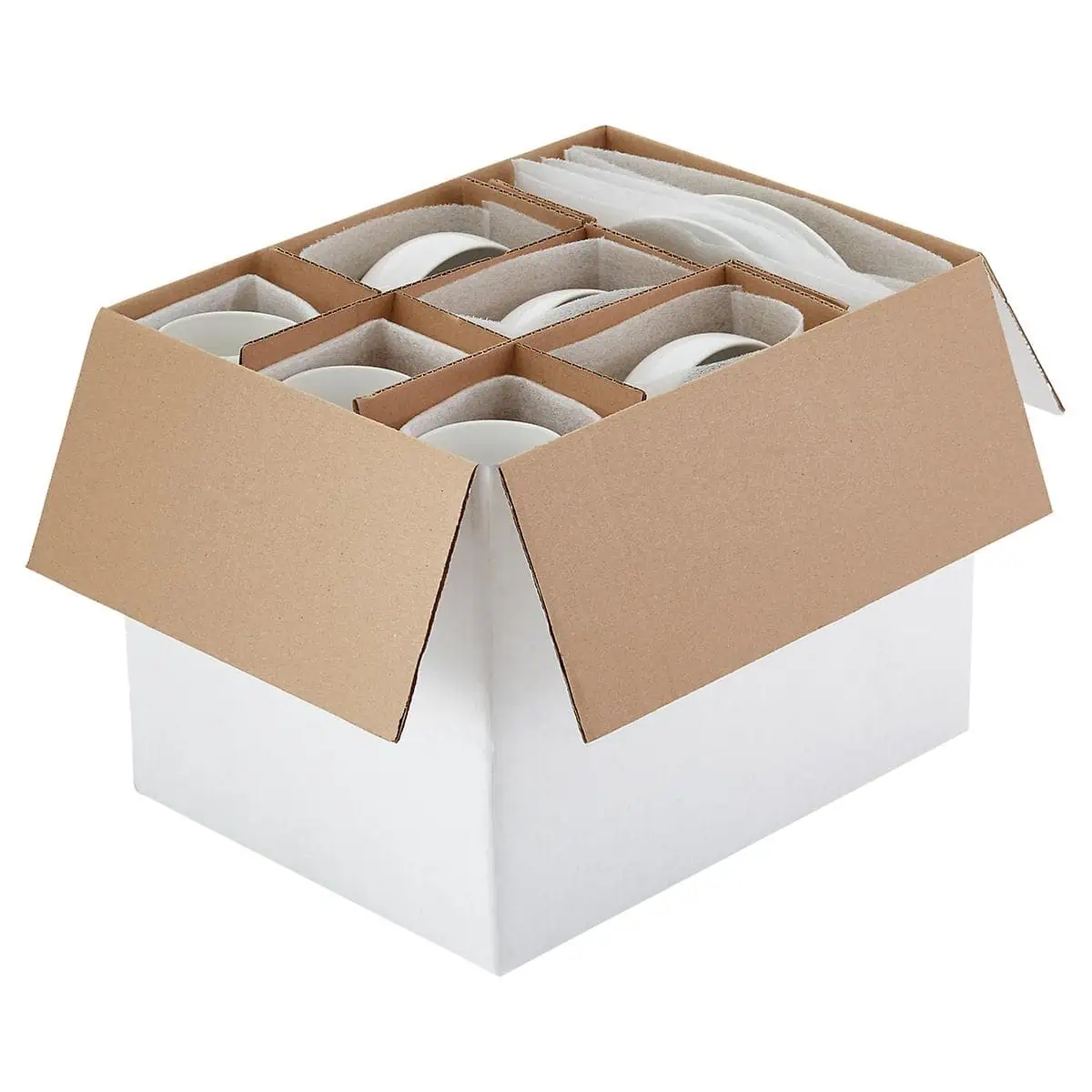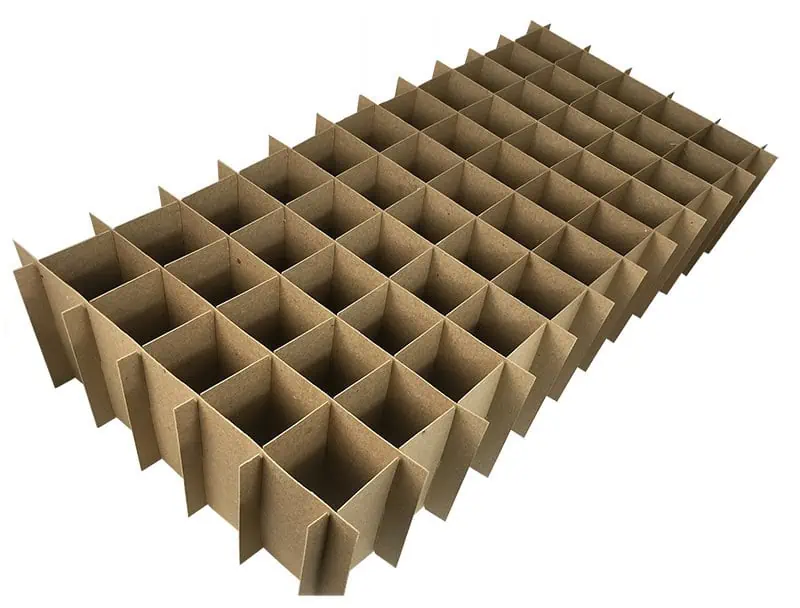HireAHelper has years of experience helping people find trustworthy movers, and from seeing those pros handle thousands of moves, we know a thing or two about moving fragile mugs and teacups. Whether you have a mishmash of ceramic coffee mugs or a porcelain tea set that’s been passed down for generations, you want everything to arrive in one piece. But haphazard packing leads to chips, cracks, and other types of damage.
With careful planning, it’s possible to preserve your belongings while minimizing your moving expenses. Use this guide to learn how to pack mugs and teacups securely for a move.
Supplies Needed to Pack Mugs and Teacups Safely
One of the top packing tips for mugs and teacups is to use the right supplies. You’ll need the following items:
- Boxes: Choose small boxes instead of large ones. The less room delicate items like cups have to knock into each other, the better. But if the boxes are small, you can also pack each one efficiently without worrying about it being too heavy.
- Packing tape: The adhesive in packing tape responds well to pressure, creating a tight seal when you press it onto the top of a moving box, which means it’s a better choice over duct tape or masking tape.
- Packing paper: Although you can use newspaper, it sometimes leaves behind ink stains. Plain packing paper protects delicate items without damaging them.
- Bubble wrap: Each piece of bubble wrap has air pockets designed to absorb shock. This makes bubble wrap essential for packing fragile mugs and teacups.
- Cardboard dividers. Dividers keep mugs and teacups from touching each other during transport, reducing the risk of breakage.
- Scissors: You’ll need scissors to cut your tape and packing paper.
- Rubber bands and masking tape: Both of these help keep packing material wrapped around the tea cups and mugs. Rubber bands have elasticity, so they’re ideal for holding packing paper in place once you wrap it around an item. Masking tape is easy to remove, which makes it ideal for labeling boxes and keeping packing paper in place around mugs and teacups.
- Permanent marker. Use a permanent marker to label each box and indicate which way it should be stacked.
- Packing peanuts: These lightweight fillers help prevent movement inside the box. They’re especially useful for filling large gaps around mugs and teacups to prevent shifting during transport.
- Old towels or sheets. You’ll need something soft to cushion the bottom of each box.
You can keep the cost of your packing supplies low by getting free boxes from your local grocery store or asking friends if you can have some of their old linens. You can purchase the remaining supplies at any big-box retailer or home improvement store.
Step-by-Step Guide for Packing Mugs and Teacups
Before you begin packing, wash your mugs and teacups to remove dirt and dust. Once they’re completely dry, start following our 6-step guide on how to pack your mugs and teacups.
Step 1. Prepare Your Supplies
Gather your boxes, packing materials, and other supplies. If necessary, assemble the boxes and use packing tape to seal the center seam on the bottom of each one. Use old towels or sheets to create a support layer at the bottom of each box. You’ll need 2 to 3 inches of cushioning to protect your breakables.
Step 2. Wrap the Mugs and Teacups
Clear off a table or another flat surface. Make sure you have plenty of packing paper, bubble wrap, tape, and rubber bands. Follow these steps to wrap each item:
- Wrap a piece of bubble wrap around the handle. Secure the bubble wrap with a small piece of masking tape. Alternatively, use a rubber band to keep the bubble wrap in place.
- Select a sheet of packing paper.
- Place the item on its side at one corner of the paper.
- Roll the item diagonally (from the starting corner to the ending corner). Make sure the edges of the paper roll under the mug or teacup as it moves.
- Use a rubber band or masking tape to secure the paper.
Repeat the same process until you’ve wrapped every mug or teacup in your collection.
Step 3. Insert Dividers
If you’re using them, insert dividers into a small box. Dividers keep mugs and teacups upright, ensuring they arrive at your destination intact. If you don’t have standard dividers, pieces of cardboard can work. So can clean clothing like socks, t-shirts, and pillowcases. All you need to do is make sure there’s space between each cup or mug inside the box.
Step 4. Fill the Box
Place several wrapped mugs or teacups at the bottom of the box, and make sure each item is right side up. Remember to have an old towel or a folded sheet underneath for extra protection. Once every mug or cup is placed, fill in empty spaces with packing paper, bubble wrap, or packing peanuts to prevent them from shifting during transport.
Step 5. Add a Second Layer
If the box is large enough for a second layer, place a towel or folded sheet on top of the first layer of items. Insert a cardboard divider, and then repeat the steps outlined in Step 4 to fill the box.
Step 6. Seal and Label the Box
Once the box is full, close the flaps and secure them with packing tape. If desired, place one strip of tape down the center and another along the side seams. Taping in both directions reinforces the box, making it less likely to break while you’re carrying it. Finish by using a permanent marker to write “Fragile” and “This Side Up” on the side of each box.
How to Transport Mugs and Teacups Safely
Now that you know how to pack mugs and teacups for moving, you need to transport them safely. Start by keeping the boxes right side up at all times, which you can make sure you do by labeling them properly before the boxes are sealed.
“…you should never pack mugs and teacups on their sides, as this increases the risk of damage, especially to the handles. Instead, pack each item upright.”
You can also prevent damage by placing boxes with mugs and teacups on top of heavier items. Conversely, never load anything heavy on top of or surrounding any boxes with breakables in them. If you’re driving to your destination, consider transporting mugs, teacups, and other breakables with you, either behind the driver’s seat or in the trunk.
Learn more on our How to Pack Hub.
Frequently Asked Questions About Moving Mugs and Teacups Answered
If you’re still unsure about some things, don’t worry. Here are some of the most common questions HireAHelper answers about moving with mugs and teacups.
Can I pack mugs and teacups with other items?
We don’t recommend it. Keeping mugs and teacups separate from each other and other items helps to avoid chips, cracks, and other types of damage.
How do I prevent the handles on teacups from breaking during transport?
Prevent handles from breaking by wrapping each one in bubble wrap. Use masking tape or a rubber band to keep the bubble wrap in place.
What type of box should I use to pack mugs and teacups?
Look for a small-to-medium-sized double-walled box with no tears or weak spots. If you can’t find a double-walled box, use packing tape to reinforce the cardboard.
Can you pack mugs and teacups on their sides?
No, you should never pack mugs and teacups on their sides, as this increases the risk of damage, especially to the handles. Instead, pack each item upright.
How can I prevent mugs and teacups from cracking during a move?
You can prevent mugs and teacups from cracking by wrapping each one securely before placing it in a box, and it’s helpful to use packing paper, bubble wrap, or packing peanuts to fill empty space. Overcrowding isn’t advisable, but too much empty space allows mugs and teacups to shift during transport, making cracks more likely.
Can you pack chipped mugs and teacups?
You can pack chipped mugs and teacups, but we only recommend doing so if an item has sentimental value. Just be sure to wrap it carefully and follow the steps above to pack it. Otherwise, it doesn’t make sense to bring a damaged mug or teacup to your new home, especially if you have dozens of other ones.














 You may like the idea of those Styrofoam nuggets, but in general, they are bulky, costly, and non-biodegradable. The eco-friendly alternative cornstarch peanuts are even more expensive and don’t make for a very satisfying snack, no matter how hungry you are at the end of your move. Plus, they end up getting scattered all over the floor and clinging to your clothes. In short, use (and eat) them if you like, but I don’t recommend them.
You may like the idea of those Styrofoam nuggets, but in general, they are bulky, costly, and non-biodegradable. The eco-friendly alternative cornstarch peanuts are even more expensive and don’t make for a very satisfying snack, no matter how hungry you are at the end of your move. Plus, they end up getting scattered all over the floor and clinging to your clothes. In short, use (and eat) them if you like, but I don’t recommend them. #1. The nicer the furniture, the more likely you’ll damage it.
#1. The nicer the furniture, the more likely you’ll damage it.




